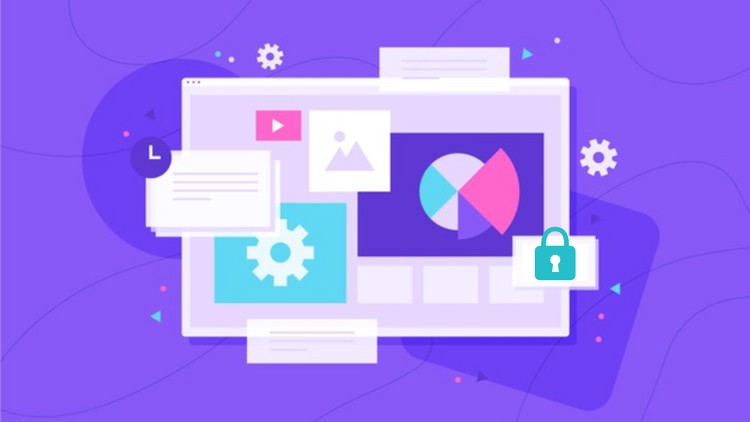Salesforce Administration (beginner to expert)

Why take this course?
-
UI Features Controlled by an Administrator:
-
UI Settings: These include customizing the look and feel of Salesforce, such as changing theme colors, navigation bar layout, branding elements like logos, etc. Administrators can also control whether users see a modern experience using Lightning or the classic UI.
-
Search Settings: Administrators can configure search settings to control which objects are included in search results, customize search layouts, and manage the visibility of search results across the org.
-
List Views: These allow users to view records filtered by certain criteria and can be customized by administrators to better suit specific user needs or organizational processes.
-
Homepage Layouts: An administrator can define what users see when they log in, including which apps, dashboards, or other components appear on their homepage.
-
-
User Setup and Maintenance:
-
Steps to set up/maintain a user: This involves creating a new user record, assigning licenses (which dictate app access), setting up account security features, initial password assignment, and profile assignments. It also includes resetting passwords, unlocking accounts if they are locked due to failed login attempts, and resolving any other user-related issues like changing email addresses or transferring data between users.
-
Implications of activating/deactivating/freezing a user: Activating a user gives them access to Salesforce; deactivating restricts their access but retains their data; and freezing a user temporarily locks them out while preserving their records for compliance or audit purposes.
-
-
Security and Access Controls:
-
Organization Security Features: These include enforcing strong passwords, setting up IP address restrictions, two-factor authentication, device registration policies, and network settings that control access from certain networks.
-
Salesforce Sharing Model: This includes using organization-wide defaults, roles and role hierarchy, manual sharing, sharing rules, and public groups to define how data is shared among users in the org.
-
Custom Profiles or Permission Sets: These are used to grant specific permissions to users beyond what's available in standard profiles. Custom profiles can be more restrictive, while permission sets are more flexible and can be added to any profile.
-
Folder Security: Folders can be set up to secure communication templates, dashboards, and reports, ensuring that only authorized users have access to them.
-
-
Standard and Custom Objects:
-
Object Architecture and Relationship Model: Administrators can explore the standard object model and understand how these objects interact with each other. They can create custom objects, fields, page layouts, and delete or archive custom objects as needed.
-
Record Types and Business Processes: These allow for defining different types of records (e.g., Opportunities for different sales stages) and automating processes based on those record types.
-
-
Sales and Marketing Applications:
-
Sales Process: The sales process can be customized to reflect the organization's unique sales cycles, with implications for opportunity progression and reporting.
-
Sales Productivity Features: These include using opportunity tools, products, Price Books, and forecasting features to manage sales pipelines.
-
Lead Automation Tools: Administrators can configure lead assignment rules, scoring models, and email tracking for marketing campaigns.
-
Campaign Management: This involves setting up campaigns, tracking campaign members, and analyzing ROI.
-
Salesforce Mobile App: Administrators can manage the mobile configuration, including which data is accessible on mobile devices and how users interact with Salesforce on the go.
-
Lightning for Outlook: This allows users to sync their Salesforce data with Microsoft Outlook, and administrators can configure synchronization settings and troubleshoot issues.
-
-
AppExchange:
- Use Cases for AppExchange Applications: Administrators can evaluate and install third-party applications from AppExchange that extend the functionality of Salesforce, ensuring they meet the needs of the business and integrate well with existing Salesforce configurations.
-
Workflow/Process Automation:
- Automation Solutions: These include using workflow rules, process builder, or flow to automate routine tasks, approvals, and data management within Salesforce.
-
Desktop and Mobile Administration:
- Salesforce Mobile App: Similar to desktop administration, but focuses on the mobile user experience, ensuring that the Salesforce app is configured correctly for users who rely on mobile devices.
-
Process Automation:
- Approval Process: Administrators can create complex approval processes with different types of approvals, escalations, and notification rules to automate decision-making workflows.
Each of these areas requires careful planning and an understanding of the organization's needs to ensure that the Salesforce platform is both secure and user-friendly.
Loading charts...